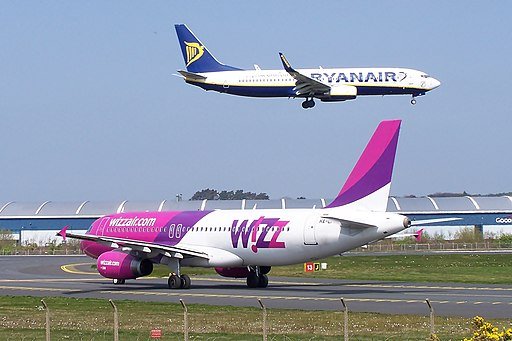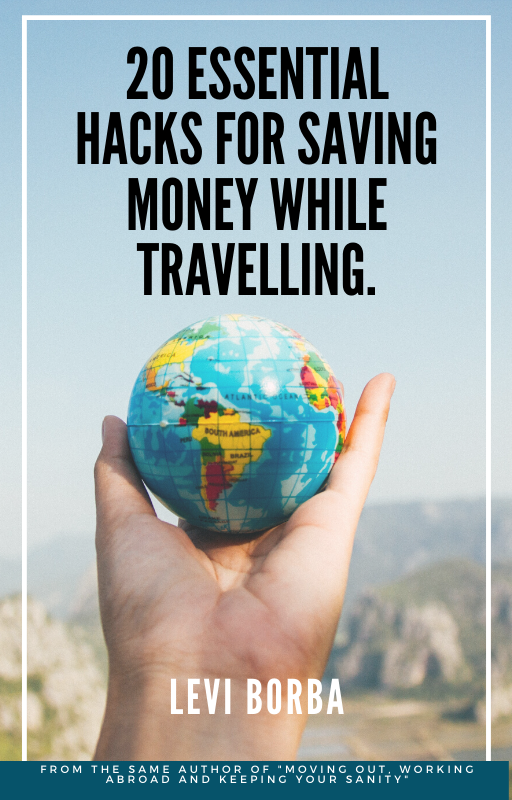Planning a trip to Europe?
I lost a lot of money in my first week in Europe.
And I am not alone – I saw people burn over US$1200 doing simple mistakes.
Travelers who overspend on food, get lost in train schedules, fall for scams, or rack up huge roaming bills.
I made all those mistakes myself, some when I came to Europe for the first time – others, when I moved here permanently.
But here’s the good news—today I’ll show you the apps that fix every one of those problems, turning travel headaches into huge wins.
You will learn in just a few minutes:
- How to eat fancy restaurant food for much cheaper prices.
- How to travel stress-free
- How to learn a new language in record time
- And even how to get quick cash compensation from airlines when they mess up.
Let’s jump straight into the five apps that can save you thousands in Europe.
Too Good To Go
Imagine paying less than half price for restaurant-quality meals in Europe. That is exactly what Too Good To Go makes possible, and for many travelers, it can be a complete game-changer. With its innovative approach to reducing food waste, Too Good To Go not only provides affordable dining options but also encourages sustainability. Travelers exploring the best cities in central and eastern Europe will find a treasure trove of delicious meals at a fraction of the cost, allowing them to experience local cuisine without breaking the bank. Additionally, as travelers indulge in these affordable meals, they can immerse themselves in the vibrant culture of the host cities. Exploring the most beautiful European capitals becomes even more enjoyable when you have access to authentic dining experiences that are budget-friendly.
When people first move abroad, one of the first shocks is the cost of food. Eating out every day adds up quickly, and to cut down on expenses, many resort to the same fast food chains they had back home. But there’s always that feeling of missing out on proper local meals, while locals seem to enjoy better food without draining their wallets.
Too Good To Go solves this disconnect by linking up with restaurants, hotels, and bakeries that have unsold meals left at the end of the day. Instead of throwing them away, they package them into what are called “Surprise Bags” and sell them at a fraction of the usual price. You don’t know exactly what you’re getting, but you do know it’s quality food that just hasn’t been sold. Even high-end places take part. Four and five-star hotels, as well as popular eateries across Europe, regularly use the platform to keep good food from going in the trash.
Here’s one example. Close to my home, there is a 4-star hotel. Very often, they offer “Breakfast bags” in the Too Good to Go App. The price is equivalent to 4.9 euros, and it comes with a variety of pastries, hams, cheeses, and desserts that the hotel serves for its guests.
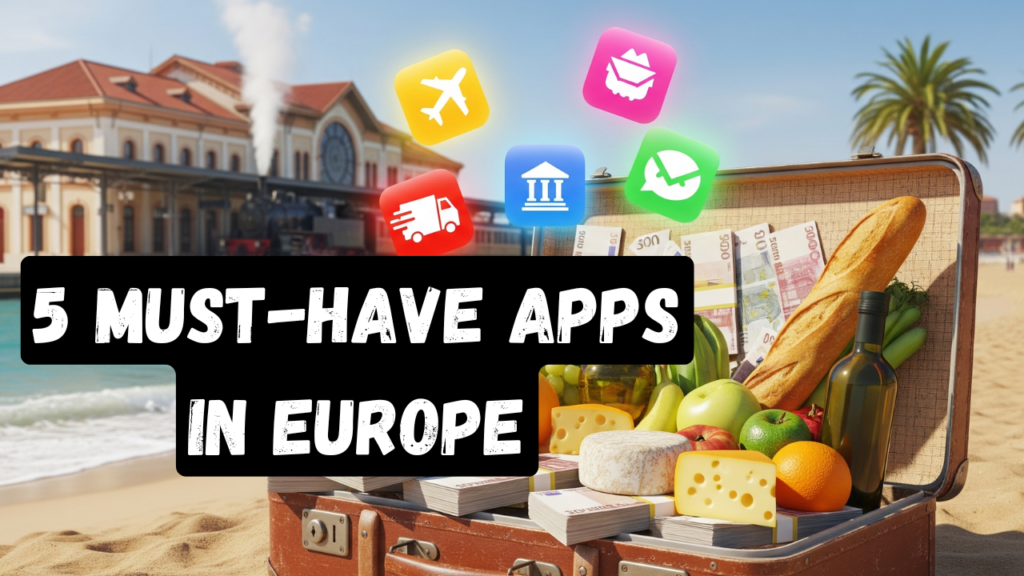
All that I need to do is order the Breakfast package on Too Good to Go, and pick it up there at 11 in the morning (so just after their breakfast end).
Usually, it has enough food for me and my wife – these packages are very, very generous, and the quality is what you would expect from a good 4-star hotel.
Since I downloaded the App, I have already ordered 110 surprise packages from different restaurants, hotels, and bakeries.
The main issue here is that… well, you might gain some weight if you use it too much!
Another important piece is sustainability. Each meal purchased this way prevents perfectly good food from being wasted, which gives the savings a sense of purpose.
And this isn’t just available in one or two capitals.
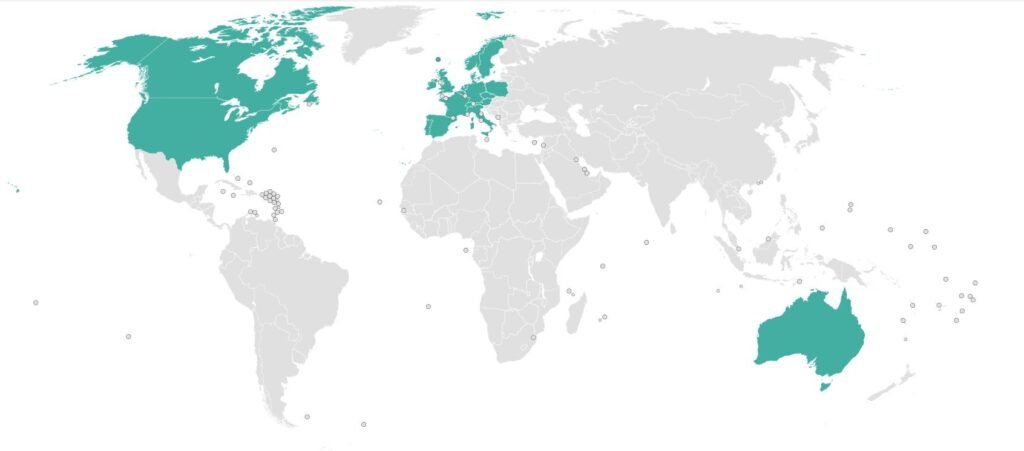
Too Good To Go operates in multiple countries across Europe, so once you get used to using it in one location, you can rely on it again when you move on to another. It turns dining from an overpriced tourist trap into something affordable, authentic, and even exciting—like unwrapping a piece of the local cuisine every evening.
Get Paid When Airlines Mess Up by Using AirHelp
There is a big difference in what happens when an airline disrupts your plans in the United States versus Europe. In the US, even if your flight is cancelled or delayed for several hours, you often leave with little more than a tired “sorry” from the staff, and sometimes not even that. In Europe, however, the rules change completely. Air passengers are protected by strict laws that can force airlines to pay out real compensation when they fail to deliver on time.
Many Americans visiting Europe are unaware of this. They sit for hours in airports, assume the delay is just part of the travel experience, and never realize they are entitled to hundreds of euros under EU regulations. But there is a catch—airlines know the system is complicated. The forms are full of legal language, deadlines are tricky, and most passengers give up before they ever see a single euro.

This is where AirHelp steps in. It is an app designed to make the process so simple that you do not need to argue at the counter or send endless emails. All you do is enter your flight details, and the app instantly checks whether the disruption qualifies for compensation. If it does, AirHelp takes over every step, from handling the paperwork to dealing with the airline directly.
Some people only discover through AirHelp that they were entitled to as much as €600 per passenger. That means a family of four can leave what felt like a ruined trip and later get thousands transferred into their account. And there is no risk, because you pay nothing out of pocket. AirHelp only takes a cut if your claim is successful.
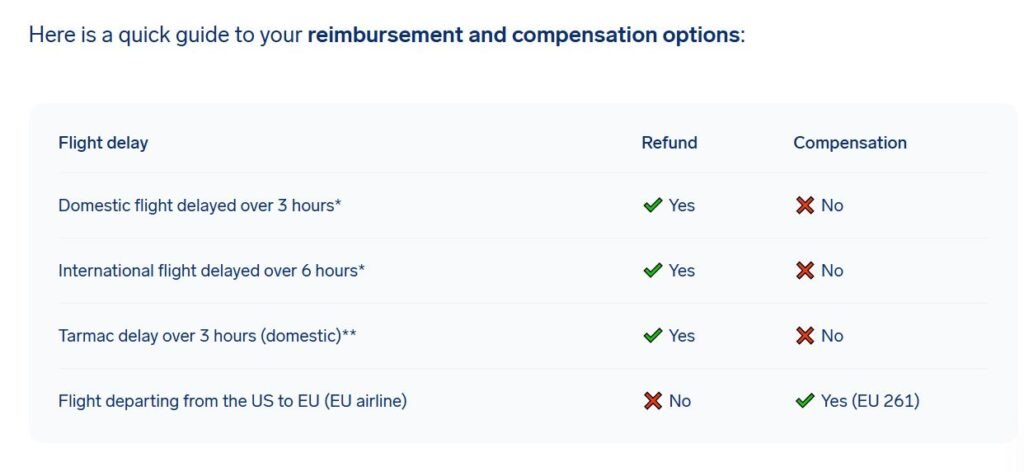
With a near 4.6 rating on Trustpilot across tens of thousands of reviews, the service has built a strong reputation for reliability. Instead of walking away frustrated from the gate, you can end up with money back in your account.
By the way, I am considering writing an article about the best airlines (especially low-cost) to travel here in Europe – from my personal opinion, after over 120 flights – if you would like such article, let me know in the comment section.
Of course, smooth travel doesn’t depend only on flights—living in Europe also means facing the challenge of language every single day.
But the solution for that is easier than you imagine!
But before, I have some really good news. FREE FOR A LIMITED TIME: Grab your Expat Wealth & Lifestyle Compass ($108 value) today! Includes our 74-page guide of Affordable European Cities, our Zero-Tax countries report, and our expat checklist. Join us here before this offer ends.
Conquer Language Barriers with LingQ
What if you could learn a new language not by sitting in a classroom, but by reading news, books, and movies on topics that you already enjoy?
For anyone who has moved to Europe, language is usually the single biggest obstacle.
In fact, in some of my previous articles about France, I stress that the FIRST thing you should do before moving to France is to learn the language. The same is valid for Southern Italy, for example, when you learn the local language, your interactions with the locals improve drastically.
You leave behind the worry of not being able to order a meal without pointing, not knowing how to ask for directions, or walking away from conversation and new friends s because you can’t keep up.
That constant barrier makes people feel like outsiders.
The problem is that often adults don’t enjoy language learning when it’s presented as a game or a fixed course.
Many apps push quick wins—matching words with pictures, answering multiple-choice questions. At first, it feels engaging, but a few weeks later, it hits a wall. You realize you can’t hold a simple conversation, and your motivation drops.
This is exactly where LingQ takes a very different approach.

LingQ is built on immersion with material you already like. Instead of handing you canned lessons, it lets you import articles, podcast transcripts, or even TV series subtitles directly into the app.
You can then read and listen at the same time, with every word clickable. Unknown words are highlighted, and each time you mark them as “known,” the app keeps track. Over time, this builds a personal map of your vocabulary, showing clear progress without making you feel trapped in a formal class.
There’s also a community layer to it. Thousands of users share their own lessons, connect with language partners, and even offer tutoring. That makes it far less isolating than studying through a textbook alone.
Personally, I used LingQ to start learning Polish, which is considered one of the most difficult European languages, and I had fun in the process. Recently, I began Italian the same way, and I’ve even thought about documenting my journey learning this beautiful language in a new Youtube channel, but I am not sure about that yet.
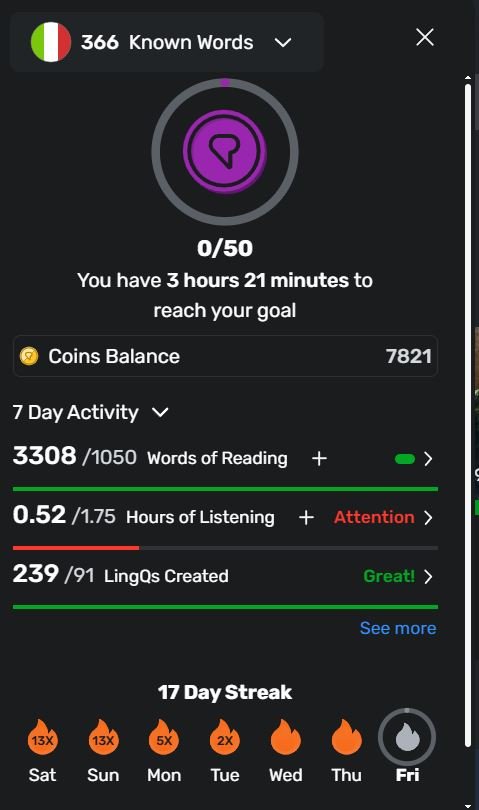
For older learners, LingQ has another advantage: it doesn’t rush you.
You can set your own pace, read or listen in small bursts, and there’s no pressure to perform instantly. With that rhythm, small daily wins replace the stress of constant mistakes, and slowly the language turns from a wall into a bridge. Once communication feels manageable, another challenge comes up—how to stay connected affordably while crossing new borders.
Stay Connected Across Borders with Saily

Let’s say you just landed in a new country. You’re tired, you need directions, maybe even a quick ride from the airport, and suddenly you check your phone and realize that your data would cost ten dollars per megabyte. That means even opening a map could burn through your budget before you leave the terminal.
This is exactly what many travelers face in Europe. People either keep swapping out SIM cards at each border or accept roaming fees that climb higher than the flight ticket itself. It creates an ongoing hassle—every time you cross into another country, you’re never sure if your phone will still have coverage or if the charges will multiply in the background. Being disconnected is one of the most stressful parts because you rely on maps, tickets, and translations the moment you step off the train or bus.

Saily changes this whole routine by offering eSIM plans that you activate instantly with a QR code. Backed by Nord Security, it covers not only single countries but whole regions and even global options. The setup is paperless, no waiting in line at kiosks, just scan and connect before you even leave the airport.
Besides data itself, Saily also adds built-in ad blocking and browsing privacy similar to a VPN. That can be reassuring when you’re constantly logging onto public Wi-Fi spots while traveling. Payments are prepaid with no hidden fees, so you know your exact costs upfront, and their 24/7 live chat support can step in if you hit a technical snag while abroad.
To picture how seamless it feels, think about crossing from France into Italy by train. With traditional SIMs, you’d be scrambling for a new card or losing connection mid-ride. With Saily, your phone stays online without interruption. That means no panicking about tickets, routes, or last-minute changes while traveling.
With your connectivity covered, the next hurdle to crack is figuring out Europe’s rail network, which can feel effortless in the right conditions—but overwhelming if you don’t know where to start.

Master European Travel with Rail Europe
Imagine this: you arrive at a busy European train station and feel completely lost. The departure board is full of words you don’t understand, the platforms are changing constantly, and you’re not sure if the ticket in your hand is even valid for the train you want. For many first-time travelers and even long-term expats, this is where the stress of rail travel begins.
The problem starts with fragmented information. Each country has its own rail website, often written in the local language, using terms that are unfamiliar. Prices are shown in local currencies, payment options are limited, and even if you manage to book, there’s the chance you bought the wrong type of ticket. This confusion also leads people to miss cheaper advance fares, since figuring out cross-border journeys requires hours of juggling separate websites.
Rail Europe was originally founded in the 1930s as a central hub for international rail travel, and today the system has gone fully digital. Rather than dealing with scattered national sites, you can plan and buy tickets from dozens of different rail operators all in one place. Everything is displayed in English, with the option to pay in US dollars or other familiar currencies.
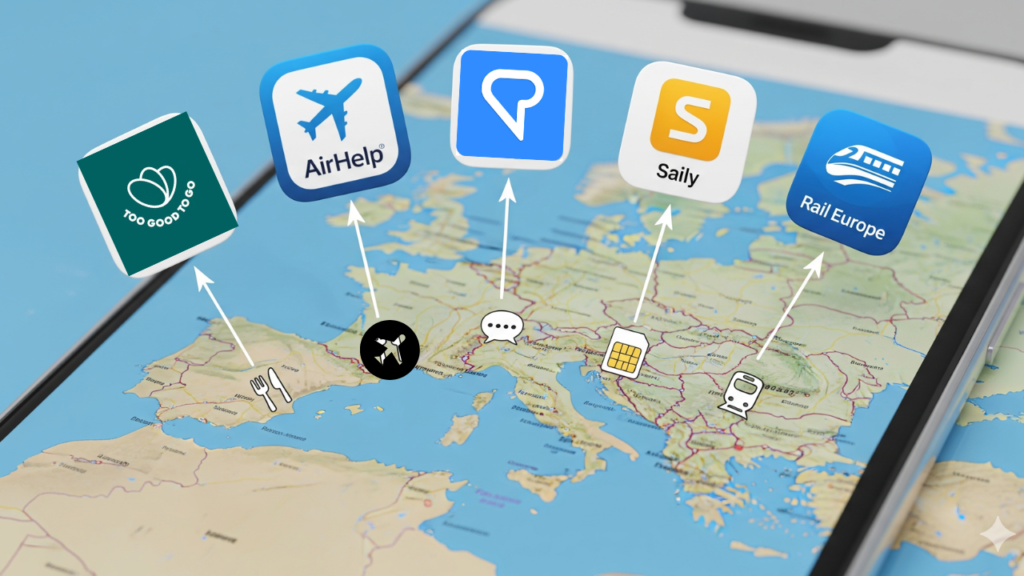
A key advantage is the convenience of mobile tickets and seat reservations. Instead of printing papers and guessing what is included, you receive clear confirmations straight on your phone. To give a practical example, planning a Paris–Zurich–Venice journey can be done in minutes. You simply choose the itinerary, pay once, and get every leg of the trip stored digitally.
For retirees or anyone less comfortable with apps, Rail Europe also allows printable tickets, and seat assignments are shown visibly, reducing stress when boarding. Reviews on Trustpilot highlight the convenience of everything being centralized, though there are occasional mentions of booking hiccups.
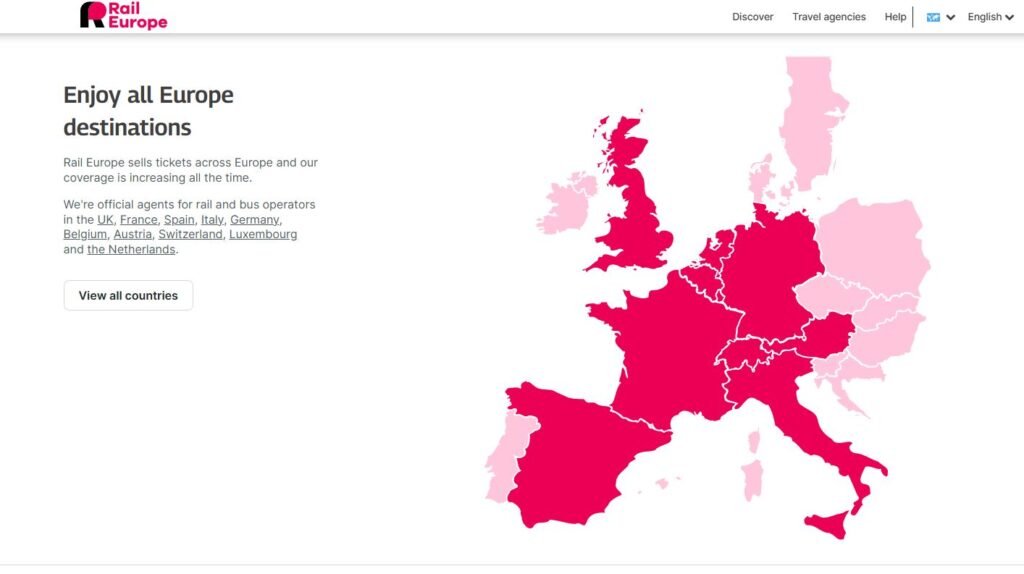
Still, what you gain is a unified system that replaces the fragmented and overwhelming process of European rail planning. Instead of feeling stranded in a station, you gain a smooth, predictable path across countries and cultures, all from a single booking platform.
Now, with all the current Geopolitical tensions in the world, you might wonder if Europeans are still welcoming Americans. ,
The answer is YES, and in some countries, Americans are even more then welcome – they are genuinely appreciated!
Levi Borba is the founder of expatriateconsultancy.com, creator of the channel The Expat, and best-selling author. You can find him on X here. Some of the links above might be affiliated links, meaning the author earns a small commission if you make a purchase.
